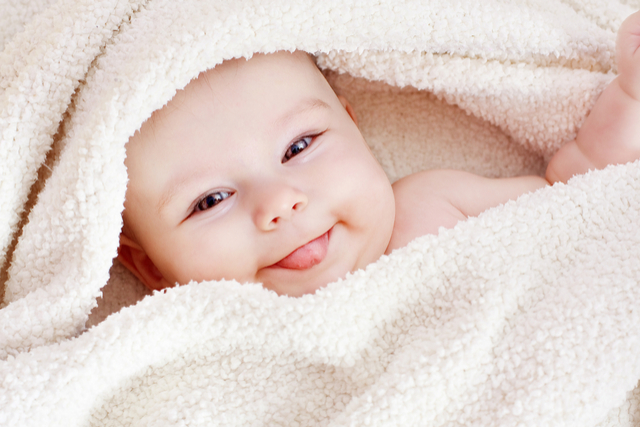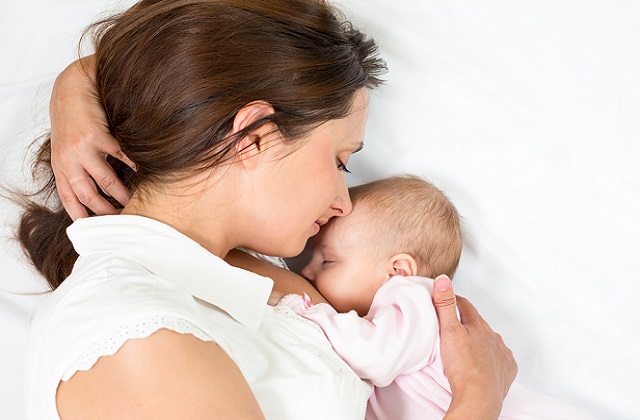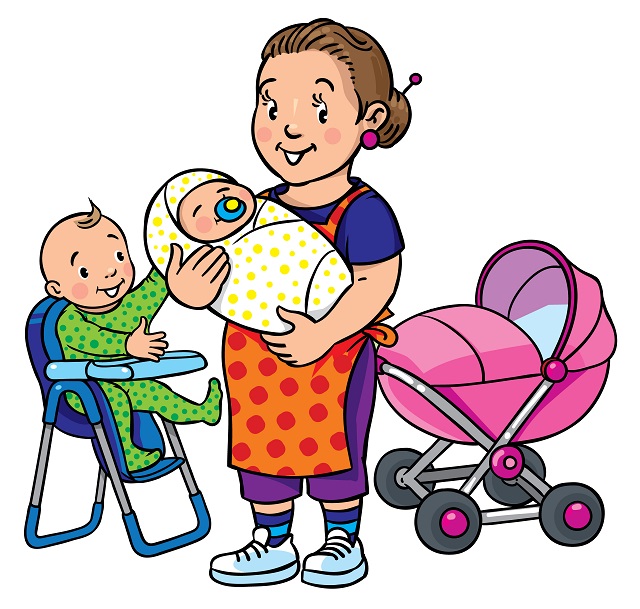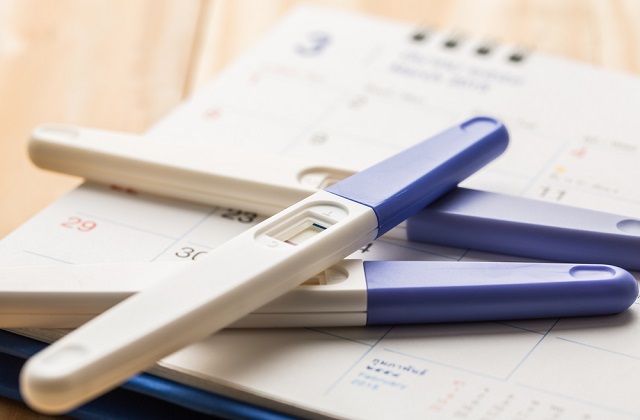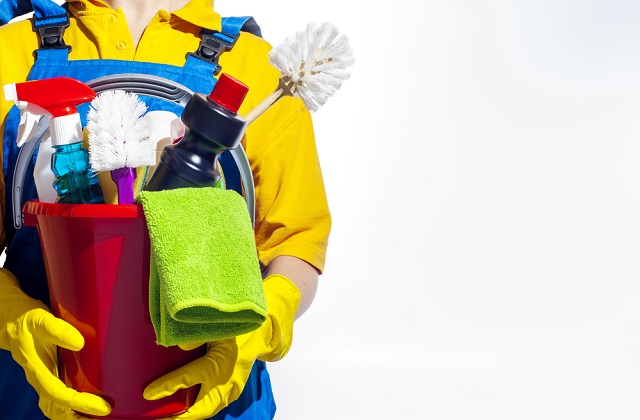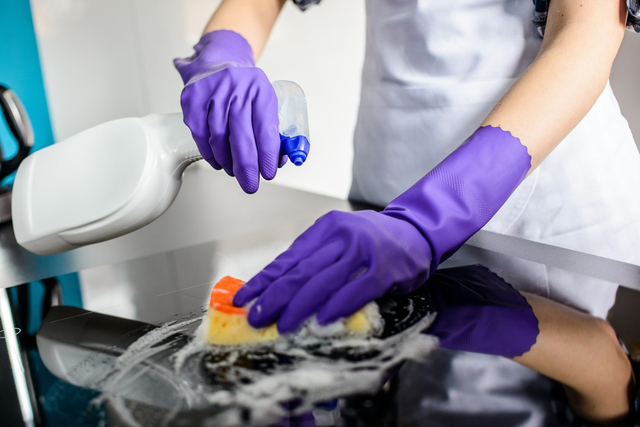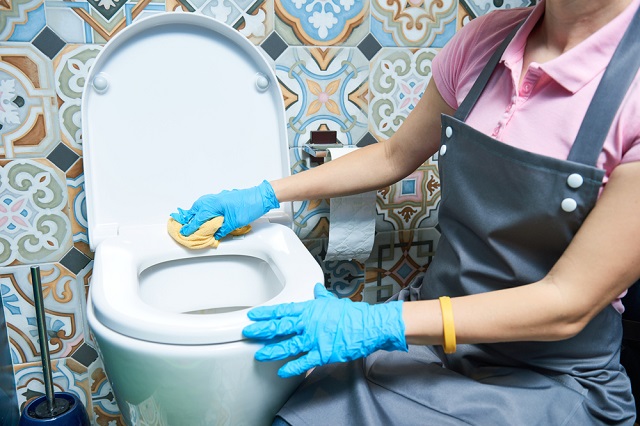Drooling In Babies: How To Deal With Excessive Drooling
It is very common and normal for an infant to drool. A growing baby can drool any time. The drooling can irritate the baby's skin, face, neck and chest. Therefore, it is important for the parent to take good care of their infant when he or she drools in order to prevent rashes and irritation.
Most babies start to drool around 4 months after birth. Drooling should stop when the babies turn 2 years old. By then, your baby should be able to retain the saliva within the mouth and is able to swallow effectively.
While drooling is normal for babies, parents should seek professional help if their child drools excessively or past the infancy and toddler stage.
This is because excessive drooling can be a sign of other problems, for example, allergic rhinitis, damage to swallowing structures, enlargement of tonsils and adenoids. In addition, drooling can become a social and developmental problem beyond the infancy and toddler stage.
Causes of drooling in babies
Consumption of milk
The milk they consume can cause saliva production, drooling can then occur due to the small size of their mouths and their inability to swallow effectively.
Teething
Babies begin teething when they are between six and eight months of age. When the tooth begins traveling through the gum, it catalyzes saliva production which then causes the babies to drool.
What you should do when your baby drools
1. Be prepared to rub the saliva away gently whenever your baby drools. Saliva contains some corrosive or acidic enzymes. When saliva flows to the corners of the mouth, cheek, neck or even chest, it may cause the corrosion of the stratum corneum of the skin or fungal infection. This may then lead to eczema in the baby.
2. You may use warm water to wash the baby's mouth and cheeks and apply an emollient ointment around his mouth and cheeks to prevent the irritation around these areas.
3. Using bibs on the baby can help to make sure his or her clothes are dry and clean.
4. Use a soft handkerchief to wipe out your baby's saliva. It should also be washed regularly.
5. The pillow used by the baby should be washed regularly to prevent the cultivation of bacteria.
6. Teething causes your baby to drool and results in discomfort. Alleviate the discomfort of teething by placing a teething ring or a wet cloth in the refrigerator for an hour and allowing your baby to chew on it. Rubbing your baby's gums with your clean hands can also put pressure on them and relieve his or her pain temporarily.
7. Sometimes, drooling is caused by a sore throat, which prevents your baby from swallowing. You may use a cool mist humidifier in the room to keep the air moist. This can relieve the baby's dry throat. If your baby is over 6 months of age, you can give him or her cold water to keep the throat lubricated.
8. When excessive drooling is observed, it is important for you to bring your baby to consult the doctor to examine the actual cause of the drooling.
Causes of excessive drooling:
1. Poor oral sensory awareness can result in decreased triggering of swallowing.
2. A constant open-mouth posture will prevent saliva from building up and triggering swallowing as needed.
3. Poor head and trunk control, jaw stability or increased or decreased muscle tone in the lips can cause the baby to have difficulty swallowing efficiently.
4. Certain foods may cause the baby to drool.
5. Side effects from certain medications.
What you should do if your baby is drooling excessively or past infancy and toddler stages:
You should seek professional help if you observe excessive drooling in your baby.
Furthermore, if your child is drooling past the normal stage of infancy and toddler stage, it can become a social and developmental problem. Consult a speech-language therapist or an occupational therapist to determine the underlying cause of the drooling and required interventions.
How to alleviate your baby's excessive drooling or drooling past the toddler stages:
1. Increase your baby's oral-sensory awareness
Increasing your baby's oral-sensory awareness will help your baby better assess when his face or mouth is wet. Babies or older children with oral defensiveness or the lack of oral awareness may have the problem of excessive drooling.
A gum, cheek and lips massage with your clean hands can provide sensations and inputs to all areas of the baby or older child's mouth and help him or her swallow and keep the saliva in better.
Vibration with oral motor tools can also decrease oral defensiveness. Use various tips to tap, stroke and apply pressure to the lips, tongue, cheeks and gums.
2. Improve your baby's head and trunk control
Improving your baby's head and trunk control can allow him or her to swallow more efficiently and with better control.
3. Help your child achieve a closed mouth posture
A closed mouth posture can reduce drooling. Teach and show your child how to close his or her mouth such that the lips come together. The tongue tip should also be resting on the alveolar ridge with the jaw in a high position.
4. Teach the concept of "wet" and "dry"
If your child is older, teach your child about the concept of wet and dry. Identify wet and dry objects and allow your child to feel them. For older children, ask them whether their chin is dry or wet and give them a towel to wipe off if it is wet. Remember to be patient.
5. Teach your child how to swallow
Teach your child how to swallow so as to reduce the drooling. You can do so by letting him or her feel you swallow and feel it on himself or herself. Whenever your child takes a sip of the milk, instruct him or her to swallow. Always say "swallow" often to reinforce the concept.
6. Trigger the swallowing action
The swallowing action is triggered when saliva is collected in the baby's mouth. To collect saliva in the mouth in the middle of the tongue for a swallow, a sucking action is used. We will need to tense our cheeks and lips. Giving your child the straw can help to teach him or her this skill.
7. Improve the jaw awareness and control
Working on your child's jaw awareness, strength and control can reduce the drooling. Have your child feel the masseter muscles bulge on your jaw when you clench your teeth. Subsequently, have your child feel his or her own jaw whenever he or she clenches and relaxes.
8. Praise your child
Praise and acknowledge your child's progress. For instance, you can say "Good job on wiping yourself dry!" or "Well done for not drooling today".
It takes a village to raise a child !
Join our WhatsApp Parenting Chat Groups By Area in Singapore.

